

Superstorms can cause massive damage and disrupt lives, making it crucial to recognize the warning signs early. Here are 12 indicators that a superstorm might be on its way. Understanding these signs can help you stay safe and prepared.
1. Sudden Drop in Temperature
A rapid drop in temperature often signals that a superstorm is coming. This happens because warm and cold air masses collide, creating unstable weather conditions. You might feel a sudden chill in the air or notice a sharp decrease in temperature readings. This change can happen quickly, so stay alert to avoid getting caught off guard. Meteorologists often track these temperature drops to predict storm developments.
2. Darkening Skies
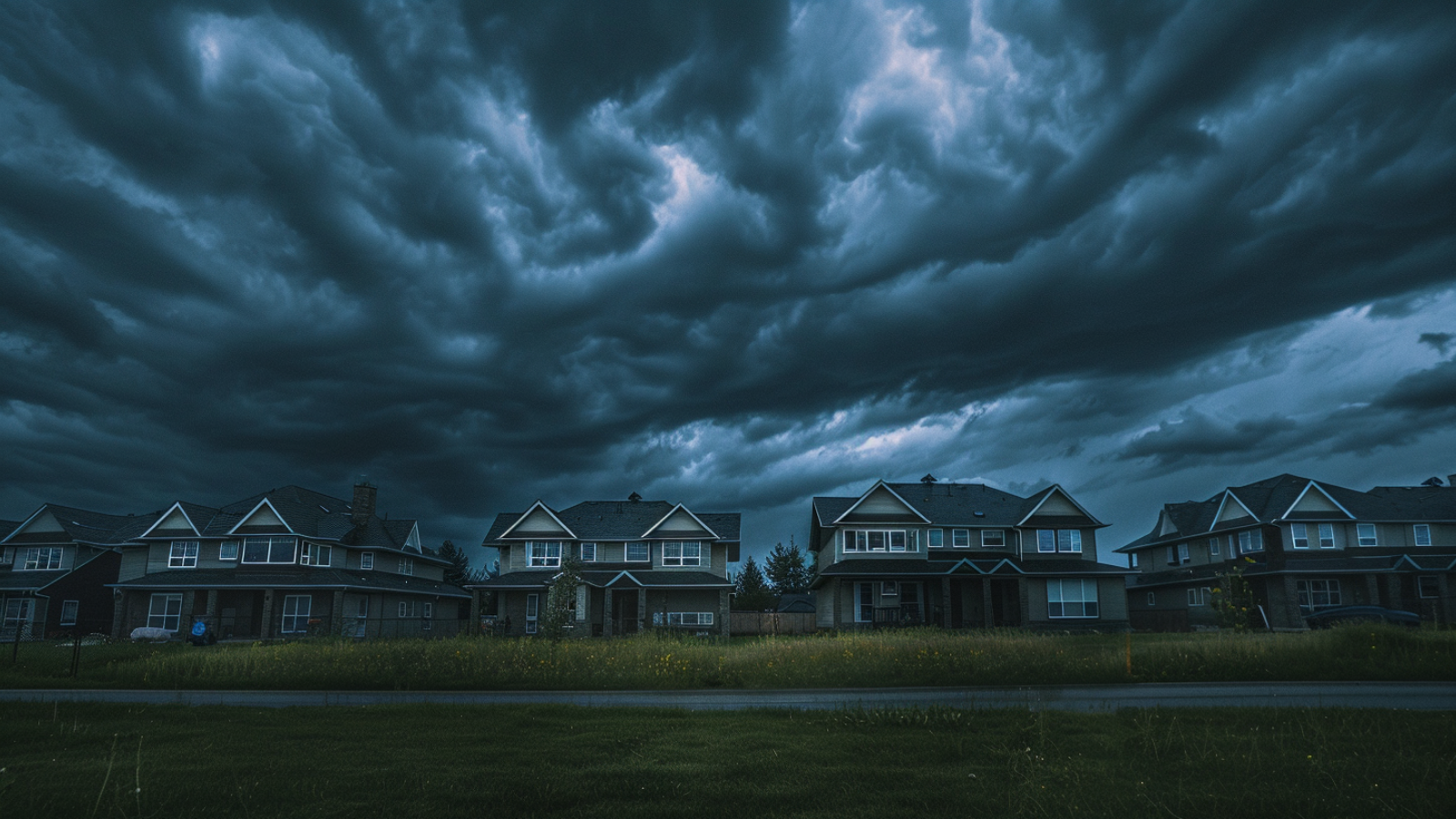
One of the most obvious signs is when the sky turns dark quickly. Thick, dark clouds gathering on the horizon usually mean severe weather is approaching. These clouds are often large and cover a vast area, blocking out sunlight. If the sky darkens during the day, it’s a good idea to seek shelter and stay informed. Rapid changes in cloud cover can also indicate the speed and intensity of the approaching storm.
3. Increasing Wind Speed
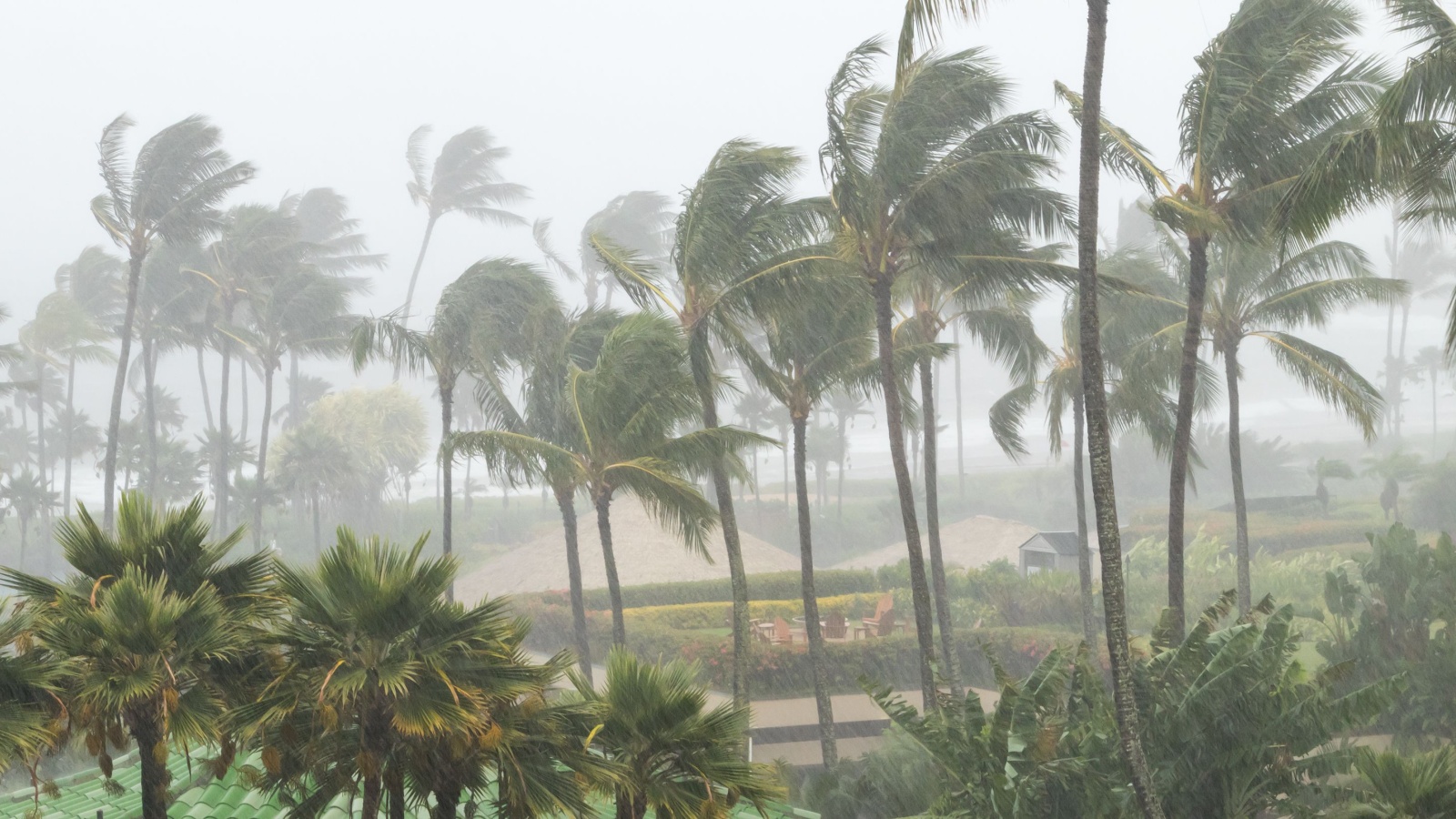
High winds are a clear indicator of a superstorm. You may notice the wind picking up speed, bending trees, and making it hard to walk or drive. As the storm nears, wind speeds can become dangerously high, capable of causing significant damage. Always monitor local weather reports for updates on wind conditions. Wind gusts can sometimes reach speeds over 70 miles per hour in severe storms.
4. Falling Atmospheric Pressure

Atmospheric pressure tends to drop before a superstorm hits. This drop is often detected by barometers, which measure air pressure. You might not feel this change directly, but weather forecasts will mention falling pressure as a sign of an incoming storm. Pay attention to these reports to stay prepared. A rapid drop in pressure can signify that a storm is intensifying quickly.
5. Large Hailstones
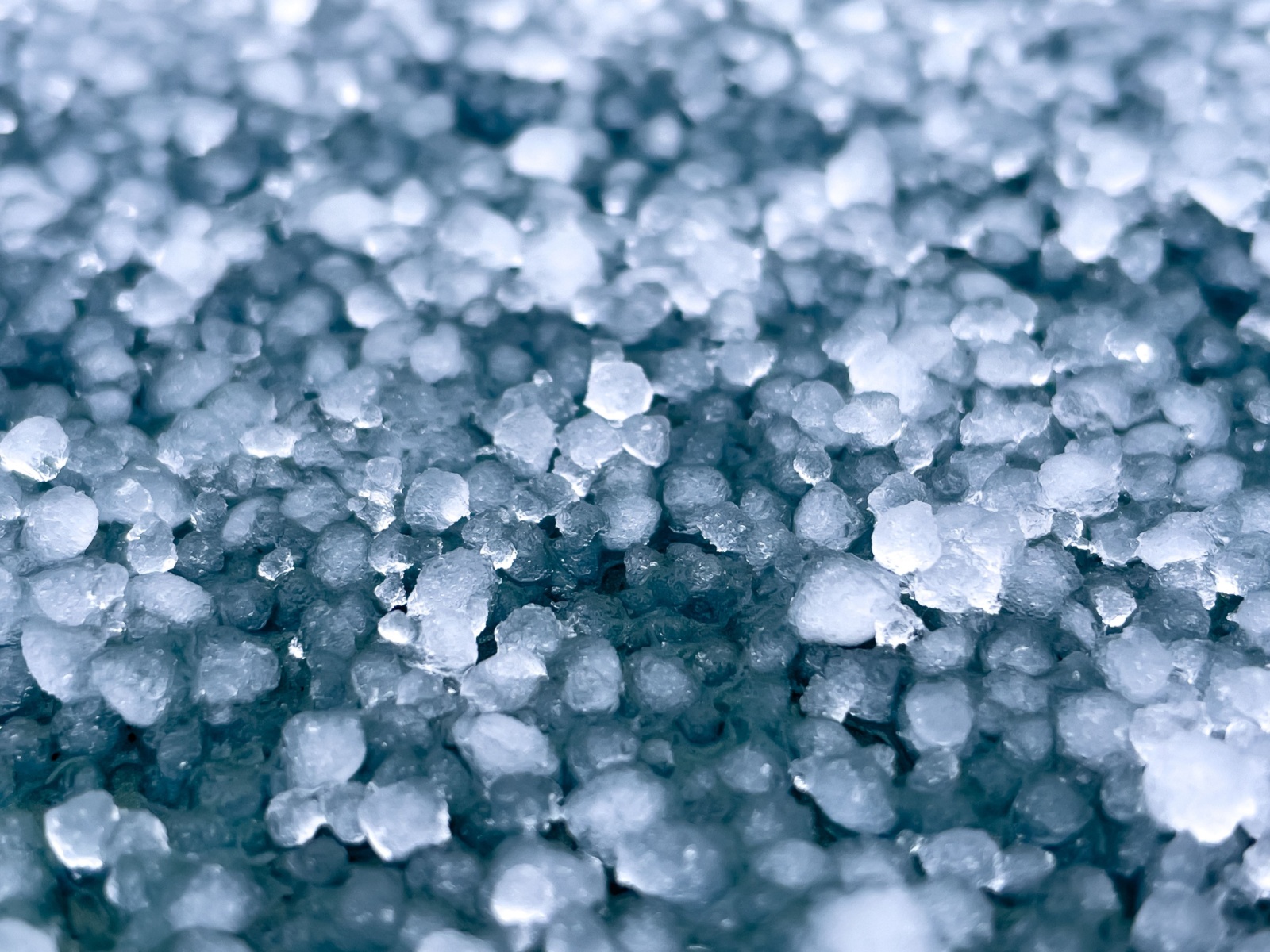
Hail can indicate that a superstorm is developing. Hailstones form when updrafts in a storm carry raindrops into extremely cold areas of the atmosphere, where they freeze. Large hailstones can cause serious damage to property and vehicles. If you see or hear hail, it’s wise to take cover immediately. The size of hailstones can range from small pebbles to golf-ball-sized ice chunks.
6. Unusual Animal Behavior

Animals often sense danger before humans do. You might notice birds flying away quickly, pets acting restless, or wildlife seeking shelter. These behaviors can be signs of a superstorm. Paying attention to how animals act can give you an early warning to prepare for severe weather. Animals have heightened senses that can detect changes in air pressure and electrical activity.
7. Increase in Humidity
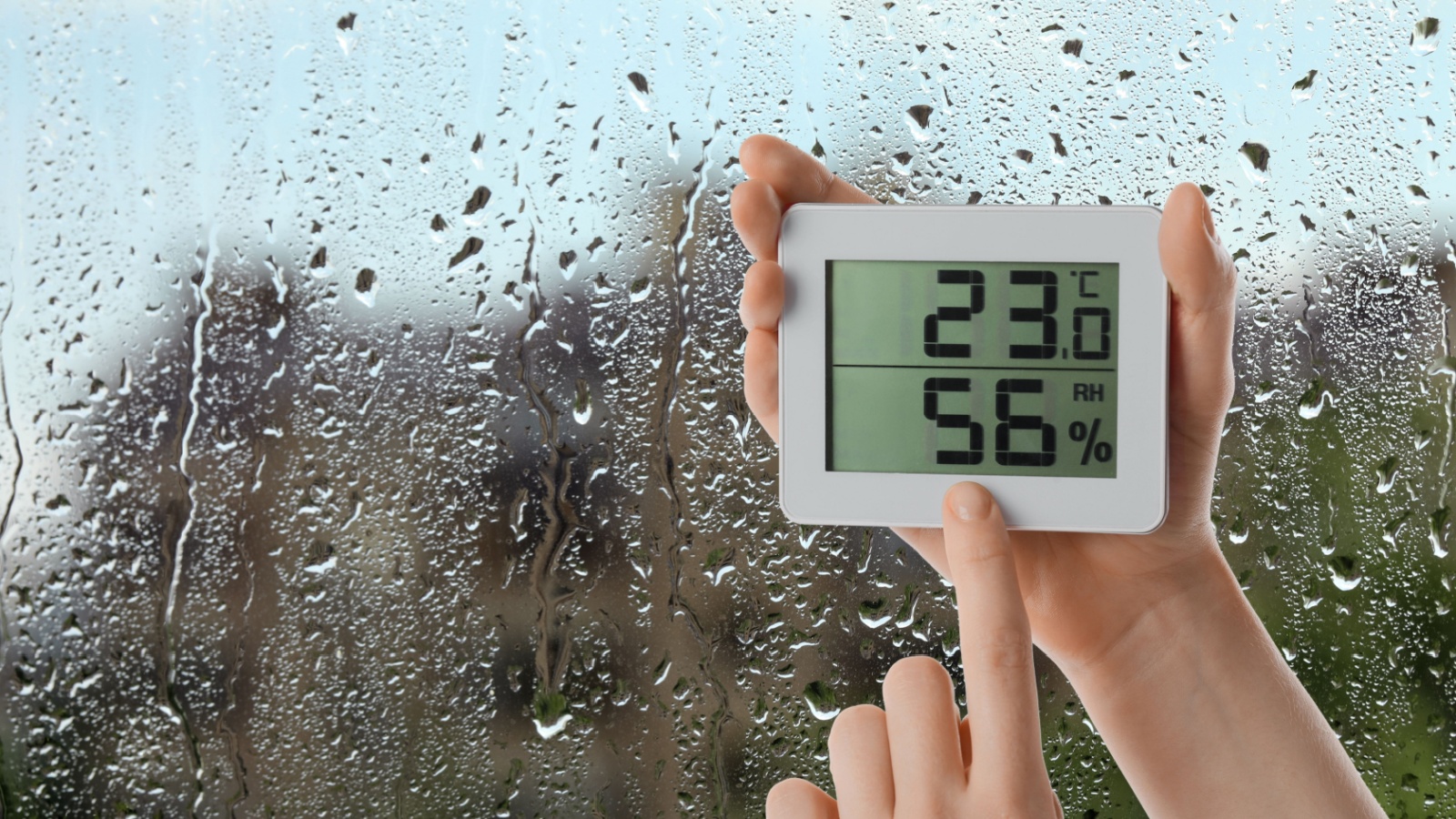
High humidity levels often precede superstorms. When the air feels sticky and damp, it means there is a lot of moisture, which storms need to form. This moisture can lead to heavy rainfall and flooding. Keeping track of humidity levels can help you anticipate stormy weather. Humidity can be measured easily with a hygrometer.
8. Frequent Lightning
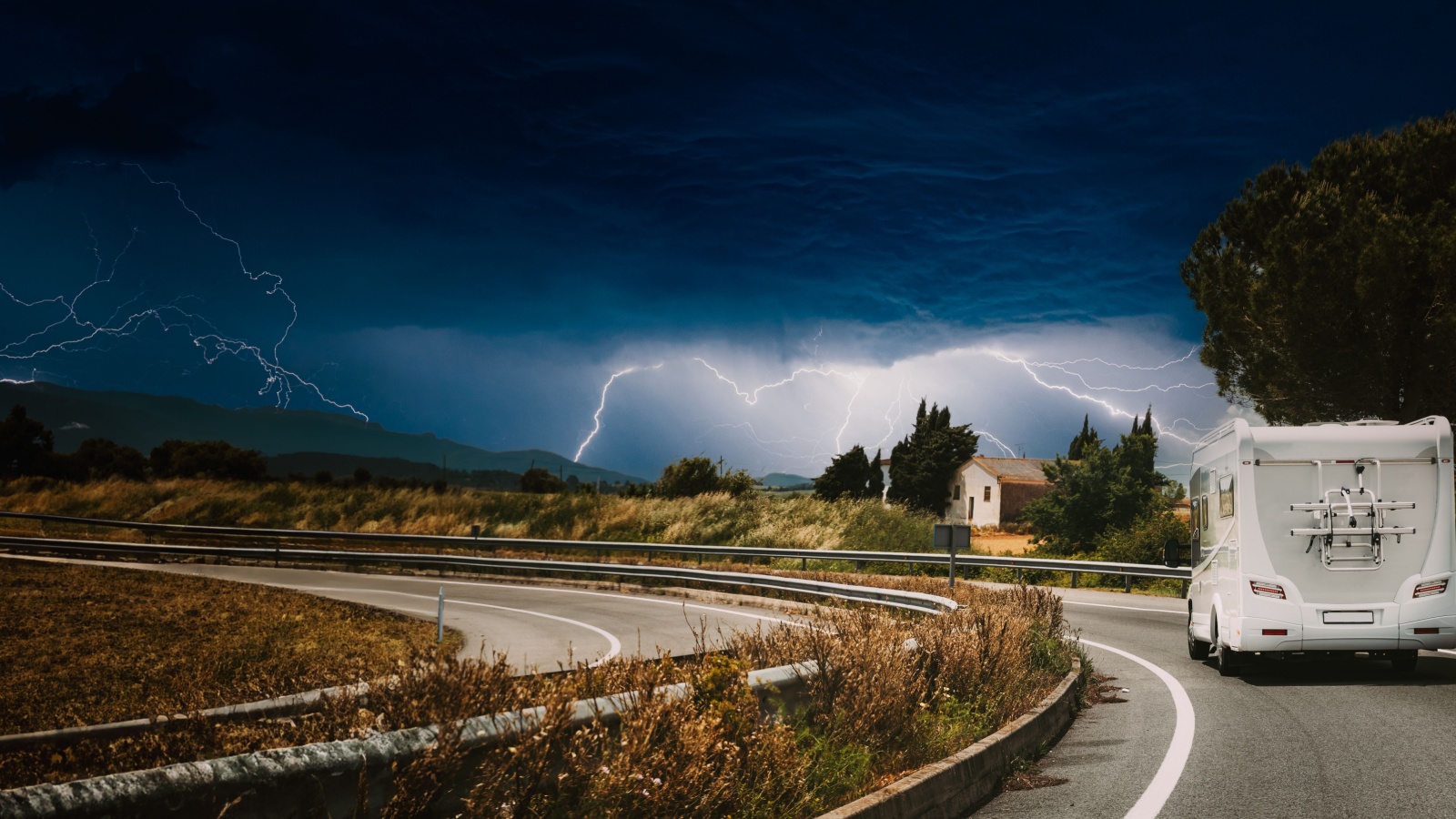
Frequent lightning strikes are a strong indication of an approaching superstorm. Lightning occurs due to electrical imbalances in the atmosphere during a storm. If you see lightning flashing repeatedly, it means the storm is intensifying. Lightning can be very dangerous, so it’s important to find shelter quickly. The frequency of lightning can also indicate the severity of the storm.
9. Loud Thunder

Thunder is caused by lightning and often accompanies superstorms. The louder and more frequent the thunder, the closer and more severe the storm is likely to be. Continuous, booming thunder indicates that the storm is near and can bring heavy rain, strong winds, and possibly tornadoes. Thunder can be heard from up to 10 miles away, giving you an early warning.
10. Weather Alerts and Warnings
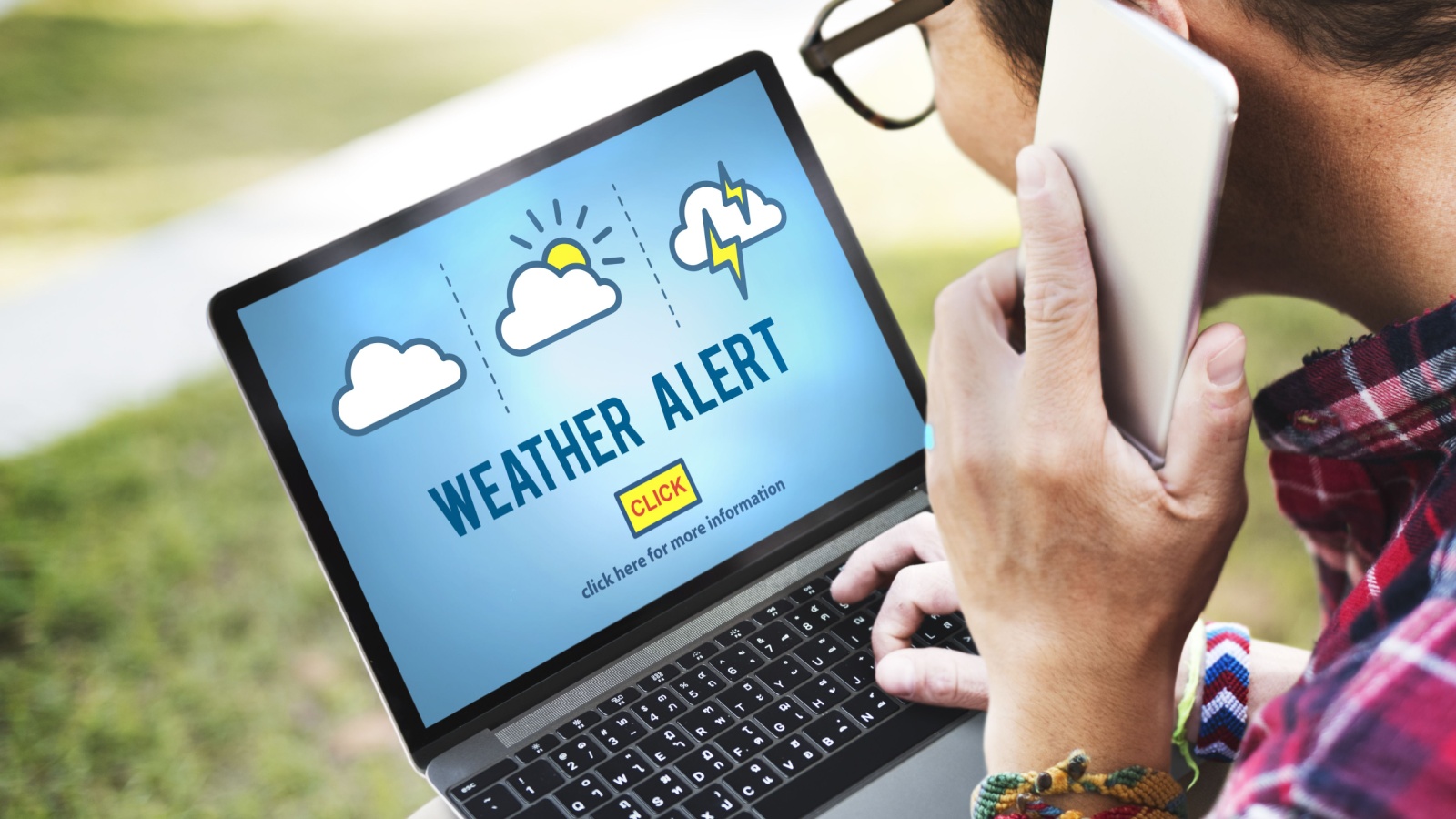
Meteorologists use advanced technology to predict superstorms and issue alerts. If you receive a weather alert or warning on your phone, TV, or radio, take it seriously. These warnings are based on reliable data and can give you critical time to prepare and stay safe. Signing up for local weather alerts can keep you informed of sudden changes.
11. Rising Water Levels
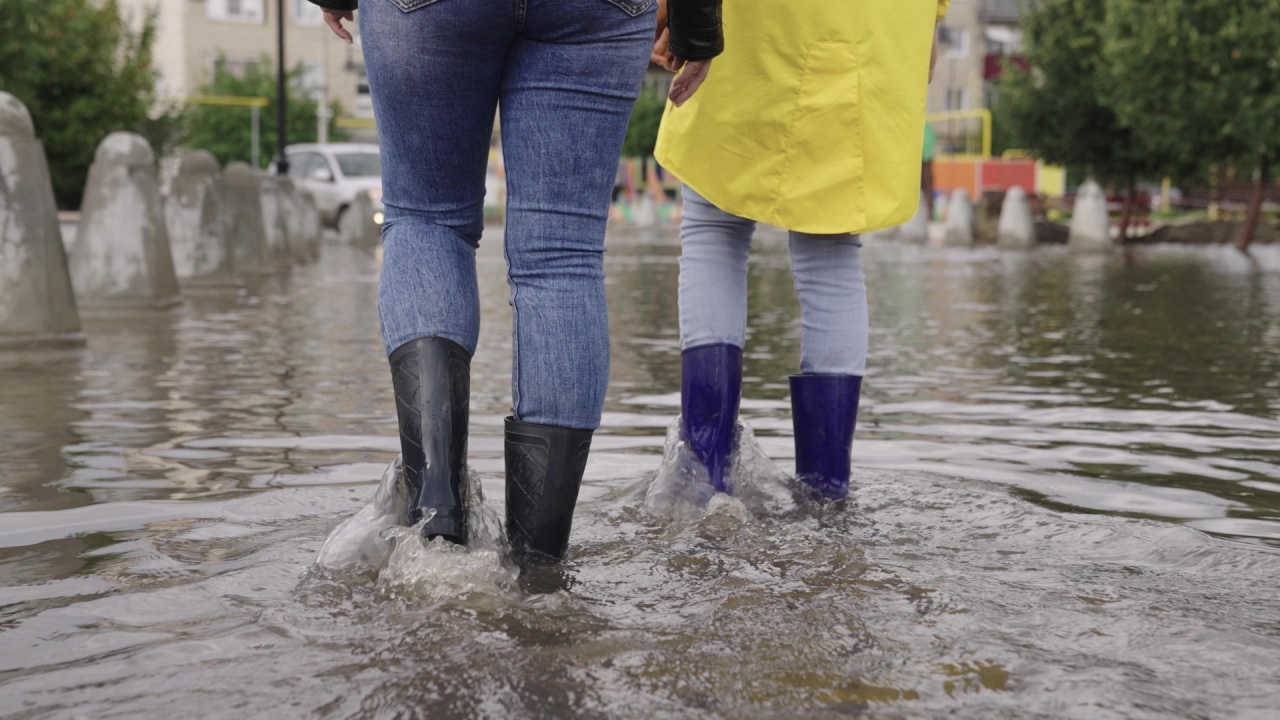
Before a superstorm, you might notice water levels in rivers, lakes, or coastal areas rising. This can be due to storm surges, heavy rainfall, or both. Rising water levels are a major risk factor for flooding. Keep an eye on local water bodies and be ready to move to higher ground if necessary. Coastal areas are especially vulnerable to storm surge flooding.
12. Gut Feelings and Instincts

Sometimes, you might just feel that something is wrong. This gut feeling can be based on subtle changes in the environment that you subconsciously notice. Trusting your instincts can be a valuable tool in recognizing the early signs of a superstorm. If you feel uneasy, take precautions and stay informed about the weather. Often, these feelings are rooted in real, observable changes in your surroundings.
17 Most Devastating Tornadoes In History
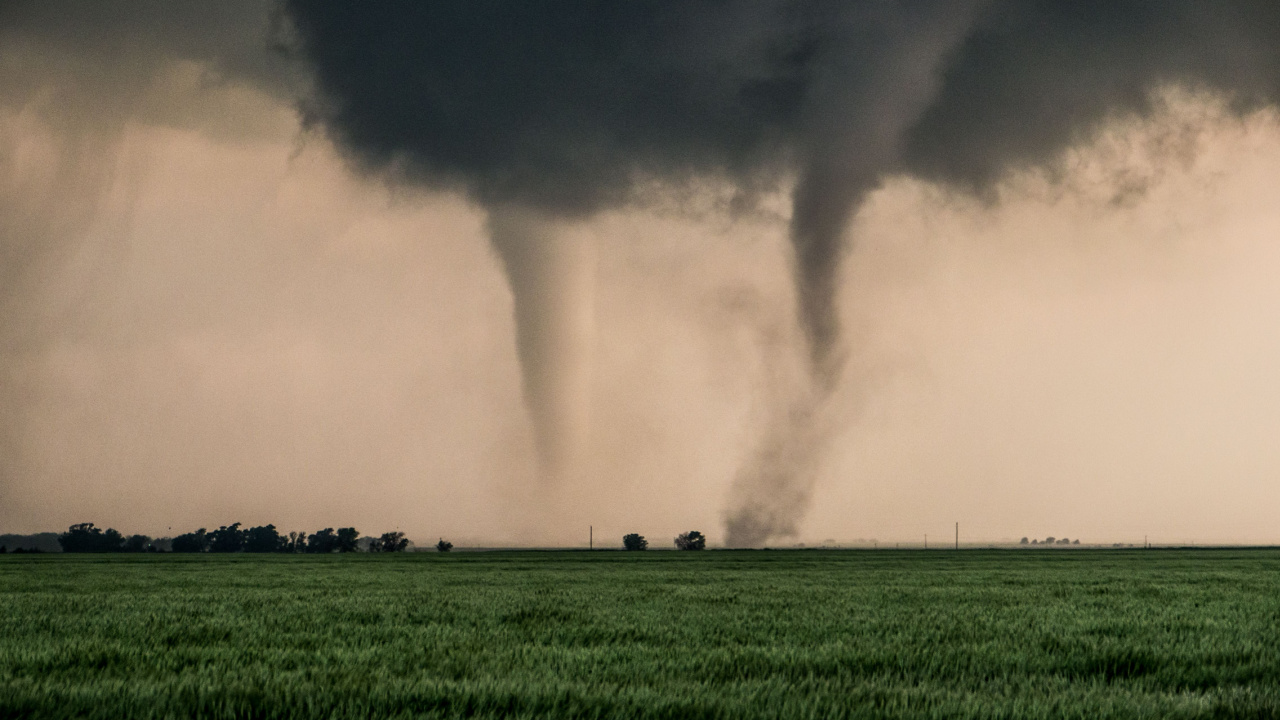
Nature’s fury is terrifying, and tornadoes are among the most deadly natural phenomena. These 17 deadly tornadoes highlight nature’s power and the resilience of humans in the aftermath of such devastation.
24 Most Devastating Blizzards in US History

For preppers, understanding the power and impact of historic blizzards is key to being prepared for future winter emergencies. Each of these historic snowstorms teaches valuable lessons about resilience, planning, and survival. The more prepared we are, the better our chances of survival in an emergency scenario.
23 Riskiest Cities To Be During a Power Grid Collapse

In a world where the stability of our power grid is increasingly under threat, knowing which urban areas to avoid during a blackout is crucial for any serious prepper. And which areas to escape as quickly as possible. When you’re making your survival plans, keep in mind that these are the places you don’t want to be.



